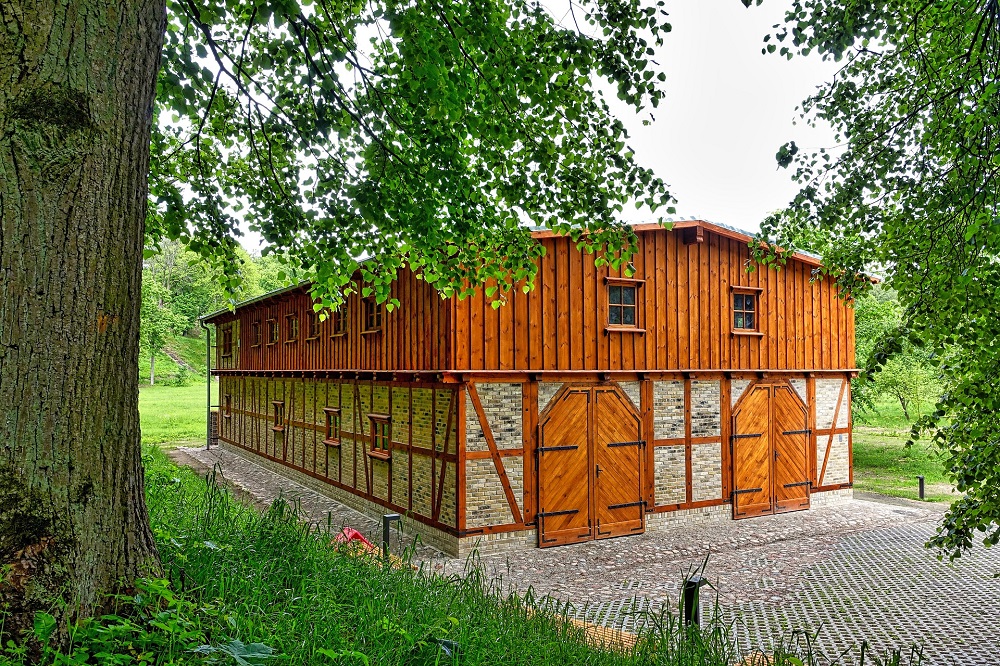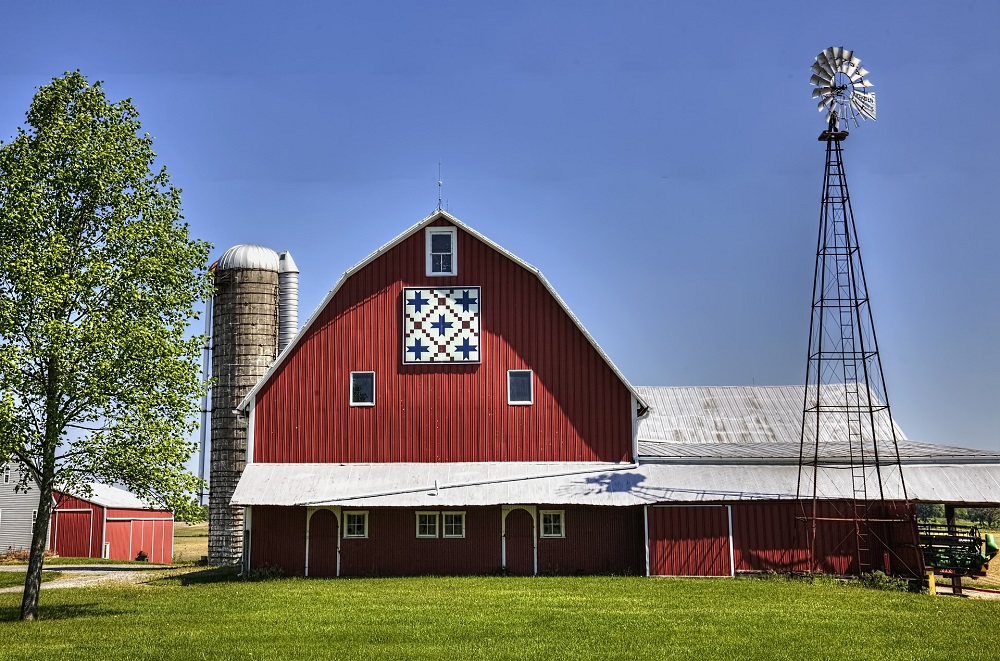Table of Contents
When the days get longer, the horses come back into the paddock, and the weather calls for motivation, this is the perfect time for cleaning in the horse barn sheds because good stall hygiene promotes animal health.
The moment we start talking about cleaning the barn shed, there are methods that can just be carried on by the professionals, and then there are the steps that can be taken on your own.
Here’s a list of the cleanings that you can do on your own.
- Remove cobwebs in the box, from the outside of the box and, if necessary, in the stable lane, with a broom.
- Remove bird droppings you inside the barn sheds.
- Thoroughly clean the inside of the box.
- Clean corners and edges of the box and disinfect if necessary.
- Clean potions & trough and disinfect if necessary.
- Important: The disinfectant must never be harmful to horses!
- Manure and clean the feed chamber.
- Everything that has expired or was forgotten in the corner.
- Empty and wash feed bins.
- Sweep the feed chamber yourself to remove feed residues.
- Bring winter blankets to the dry cleaner.
- Clean cleaning supplies & cleaning kit.
These Four Tips Will Keep Your Horse’s Barn Sheds Clean That There Are No Health Risks.

Manure Management
Remove horse manure and wet bedding daily from boxing and playpens. This keeps germs (especially enterobacteria) and gastrointestinal parasites at bay.
A lot of pathogens lurk in a manure mattress. As long as the fresh straw is strewn every day and the mattress is not churned, manure and ammonia remain locked up and are broken down. The basic rule is completely replacing mattresses every six to eight weeks.
Stable mats made of rubber should be cleaned at least once a year with a high-pressure cleaner and then disinfected.
Soak And Water Quality
Check the potions daily and remove leftover food, faces and other debris; wipe the pelvis with a sponge every few days. If you find remains in the drinking trough, e.g. a dead mouse, you should disinfect the drinking trough immediately.
Water from the local drinking water line is usually of high quality. Well water, on the other hand, should be examined once a year to ensure that it is free of Salmonella, Campylobacter or E. coli bacteria; Also, if there is an acute suspicion, for example, if colic, diarrhoea or faecal water accumulate in the stable. The water quality in your barn sheds matter a lot to your horses.
Food And Feeding Areas

Check feed troughs and racks in the barn sheds daily. Remove dried food residues or bird droppings with warm water, a sponge or a brush. Incidentally, when horses share hay and troughs (or watering troughs) in the open stable or the paddock, this is not unsanitary – when all animals are healthy. Because within a stable community, there is usually a similar spectrum of germs.
Feed Hygiene Hazards
Dust, musty odour and dark discolouration in hay, straw or cereals indicate contamination. Mould toxins, so-called mycotoxins, are extremely harmful to the horse’s airways and internal organs. Such food belongs in the garbage, not in the barn sheds!
What you can do is follow the below points for a comfortable barn shed cleaning experience.
- Set a fixed point in time, which can be quickly followed.
- Turn on the music! This is the best way to lighten up the mood.
Organize a reward for successful cleaning – this can be, for example, a barbecue and a cosy get-together. You and your children can enjoy merrily afterwards.
Conclusion
The stable must be a welcoming shelter for your horse. Well maintained, the barn shed remains a clean and safe home for the horse.



